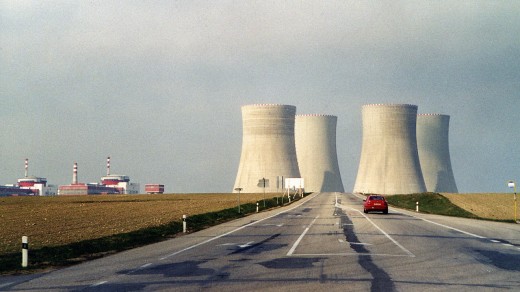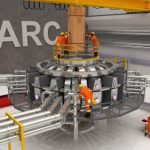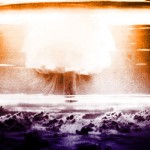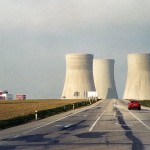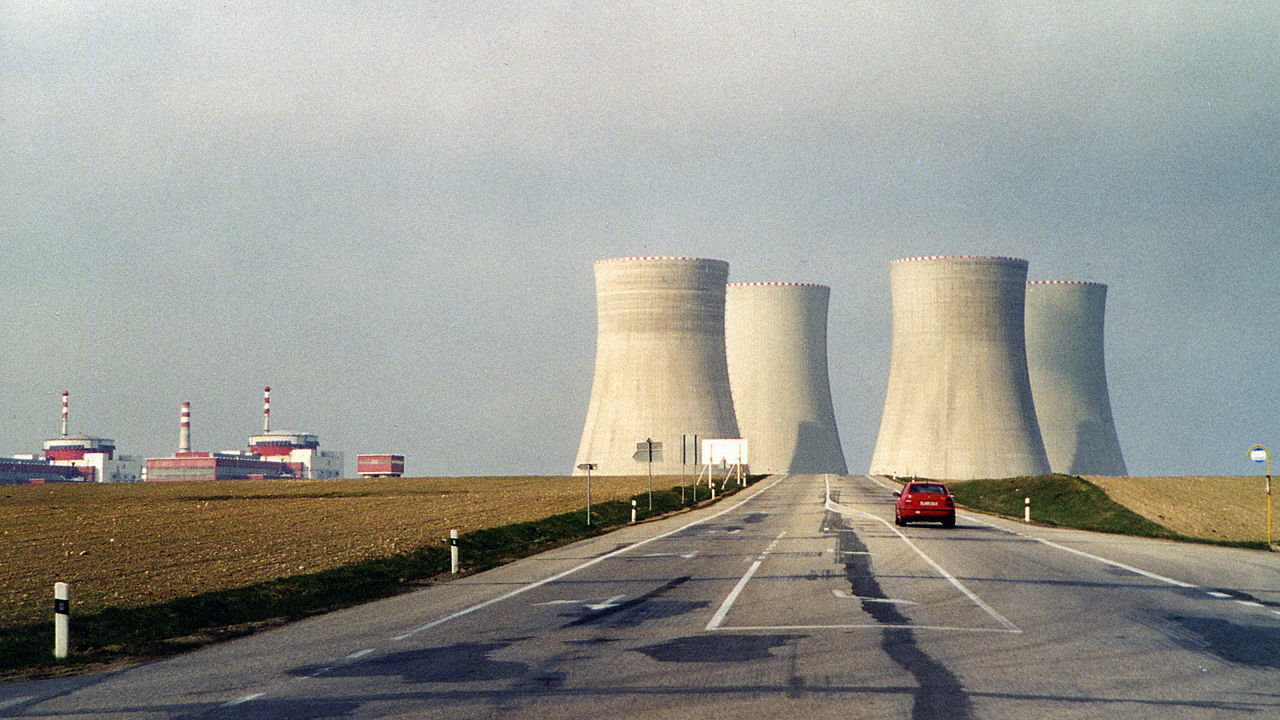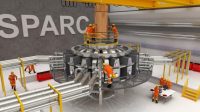This Nuclear Reactor Eats Nuclear Waste
Nuclear power is not going any place. but safer designs are sorely wanted.
March 5, 2015
Nuclear energy offers the promise of carbon-free electricity, however there are just too many “buts” for many people to simply accept. nobody desires another Fukushima and the us nonetheless doesn’t know what to do with greater than 60,000 tons of radioactive waste that has accumulated at its reactor sites. Then there’s the issue of nuclear weapons proliferation and nationwide safety to worry about, not to mention the environmental toll of mining for uranium.
A startup—itself a uncommon thought within the nuclear industry—is engaged on designs for a new reactor that would tackle many of those concerns. Transatomic energy’s molten salt reactor design could run on either spent nuclear waste (for international locations just like the U.S. which have various it) or fresh fuel enriched to lower, more cost effective, and safer levels of uranium in comparison with traditional reactors.
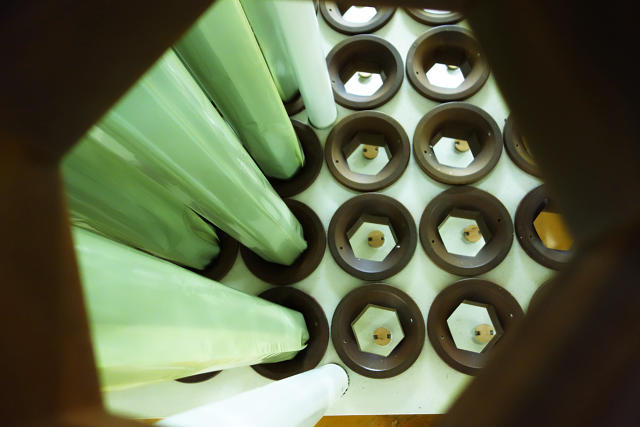
“we’ve got a kind of nuclear reactor that environmentalists can in reality get at the back of,” says CEO Leslie Dewan, a 30-12 months-outdated graduate of MIT’s nuclear engineering PhD program and co-founding father of the corporate.
Molten salt reactors aren’t new; designs for them were round since the 1950s. they have got advantages over the sunshine water reactors in use today as a result of they may be able to be operated at customary pressures and shutdown safely even throughout an influence failure. then again, earlier designs have required very extremely enriched uranium to operate. Transatomic’s new design would require so much decrease-level uranium enrichment or may merely function on radioactive waste. The reactor core would even be smaller and able to burn up to ninety six% of the power from the fuel over long sessions of time—a a ways greater efficiency than reactors these days.
Dewan and her co-founder, Mark Massie, met at MIT in 2010 and decided to look for a project to work on collectively after they finished their grueling qualifying tests. With their hearts of their throat, they offered their thought for the first time to an audience at TEDxBoston. It was 2011, just after the Fukushima catastrophe had occurred, they usually didn’t understand how the target audience would react. They received a standing ovation.
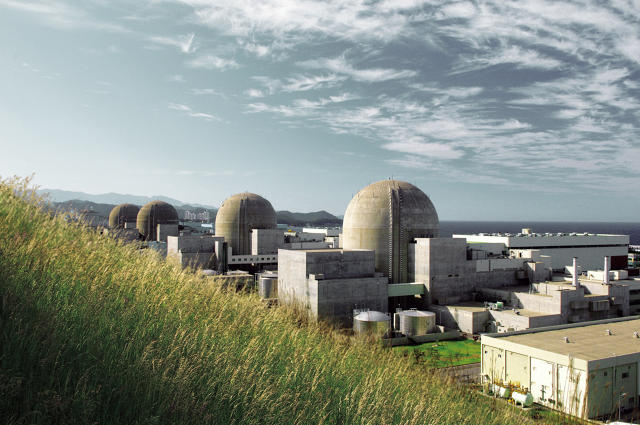
when they started out, they have been the primary startup to ever come out of MIT’s nuclear engineering software. however on the grounds that, there were a number of others out of MIT alone. along with corporations like Helion vitality, common Fusion, and the bill Gates-backed Terrapower, nuclear energy startups having a renaissance in the previous couple of years. Transatomic power has raised money from buyers together with Peter Thiel’s Founders Fund and Acadia Woods companions.
on the other hand, creating a brand new nuclear reactor shouldn’t be a handy guide a rough thing. They’ve finished the design and are starting a three-year program of experimental trying out for key components of the design. so one can resolution questions about a lot of sensible concerns that have an effect on value, akin to how lengthy the elements will ultimate underneath radiation and corrosive salts. Then, they’ll create extra detailed blueprints. via 2020, their goal is to break ground on a prototype facility.
the company’s ultimate purpose is to build 500-megawatt electricity generating plant. “We see this as a technique of changing coal,” says Dewan. (She notes that the Transatomic variation may work well even in countries like India that don’t have various uranium resources, as a result of uranium could be enriched from sea water. it would be more economical as a result of it will require lower levels of enrichment.)
but for now, the younger entrepreneur is specializing in the shorter-time period, hiring to double the dimensions of the company’s small three-individual group of workers. When she first started, it took awhile for her to persuade herself to begin the corporate, but the more she pointed out it with her co-founder, the extra possible it gave the impression. “I began grad school as a result of I was once an environmentalist. i needed to design a better energy reactor,” says Dewan. “In talking with [my co-founder] Mark, i noticed that you would be able to design a greater reactor, but when no person uses it, it virtually doesn’t matter.”
[All pictures: IAEA Flickr]
fast company , read Full Story
(171)

